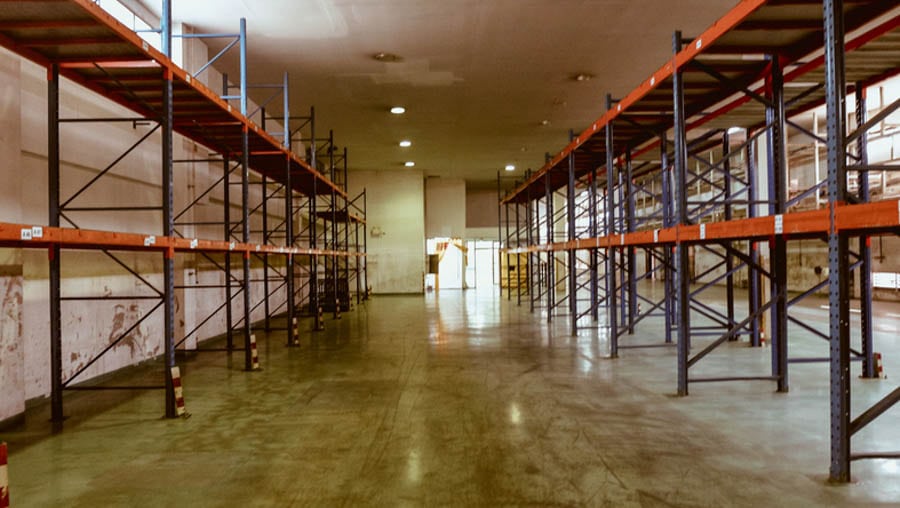
In many facilities, the space problem does not start with production. It starts with storage.
Parts, tooling, maintenance supplies, and spare components often take over floor space slowly and silently. Shelving expands into walkways. Pallet racks grow outward instead of upward. MRO inventory ends up in areas that were originally meant for production. And parts disappear when not under lock and key, causing a real issue when you need them.
Over time, the creep leads additional inventory costs, disorganization and most importantly, could lead to extended downtime.
The Slow Creep of Storage Into Production Areas
Most manufacturers do not plan to give production floor space to maintenance and inventory. It happens in small steps:
- A shelf gets added against a wall
- A pallet of slow-moving parts gets staged near a work cell
- A maintenance area becomes a long-term storage zone
- Tools and supplies fill unused corners
- Rebuild benches need to be moved outside of the parts cage
None of these choices seem significant on their own. But together they squeeze out productive square footage and limit what the facility can do next.

What You Lose When Storage Takes the Floor


Space used for storage does not just affect capacity — it affects the flow and efficiency of the entire operation.
Here are the most common problems that follow:
- Delayed production expansion
You cannot add equipment, lines, or workstations if floor space is filled with shelving or pallets or maintenance activities. - Longer travel paths
Operators and forklifts waste time moving around storage zones instead of moving through production space efficiently. - Safety and compliance pressure
As aisles narrow and staging increases, it becomes harder to maintain OSHA and facility safety standards. Even moving storage in racks vertically adds to the potential for safety concerns. - Higher real estate and leasing costs
When internal space feels maxed out, expansion or relocation becomes the default option. - MRO bloat and misplacement
Maintenance supplies and spare parts grow over time and rarely get downsized unless there is a system to contain them.
All of this reduces the output that the current building could support.
The Hidden Space No One Accounts For
Storage almost always grows outward by default, not upward. That is why so much unused capacity exists above eye level.
In most manufacturing facilities, ceiling height provides 20 to 40 feet of storage potential. Traditional shelving and racking usually stay within the bottom 8 to 12 feet.
That leaves the majority of usable space sitting empty. Meanwhile, production areas lose usable capacity.
Reclaiming Floor Space Starts With Going Vertical
Manufacturers can recover up to 85 percent of their storage footprint by moving inventory from floor-based shelving into vertical systems like VLMs.
The impact goes beyond square footage:
- Production areas are freed to support new lines or stations
- Maintenance items can be stored densely instead of spread out
- High-value and slow-moving parts stay organized and accessible
- Operators walk less and work more efficiently
- Expansion plans can be delayed or eliminated
- Components are vaulted, ensuring safeguarding of inventory
In other words, space is not gained but is returned to its best use.
Most Facilities Do Not Realize What They Are Giving Up
The problem is not that manufacturers choose storage over production. It is that storage fills space by default until something forces a change.
The fastest way to understand the opportunity is to measure it. A space and footprint assessment often reveals just how much production capacity has been lost to storage and staging.
Want to See the Cost of Lost Production Space?
If parts and maintenance storage are limiting floor capacity, there’s a strong chance the impact is already showing up in cost, output, or expansion delays.
The ROI Calculator helps you quantify what vertical storage could return — in labor, space utilization, and operational efficiency. Many facilities discover that reclaiming floor space has a faster payback than adding on, relocating, or reorganizing manually.
See your ROI potential based on your own operation.

